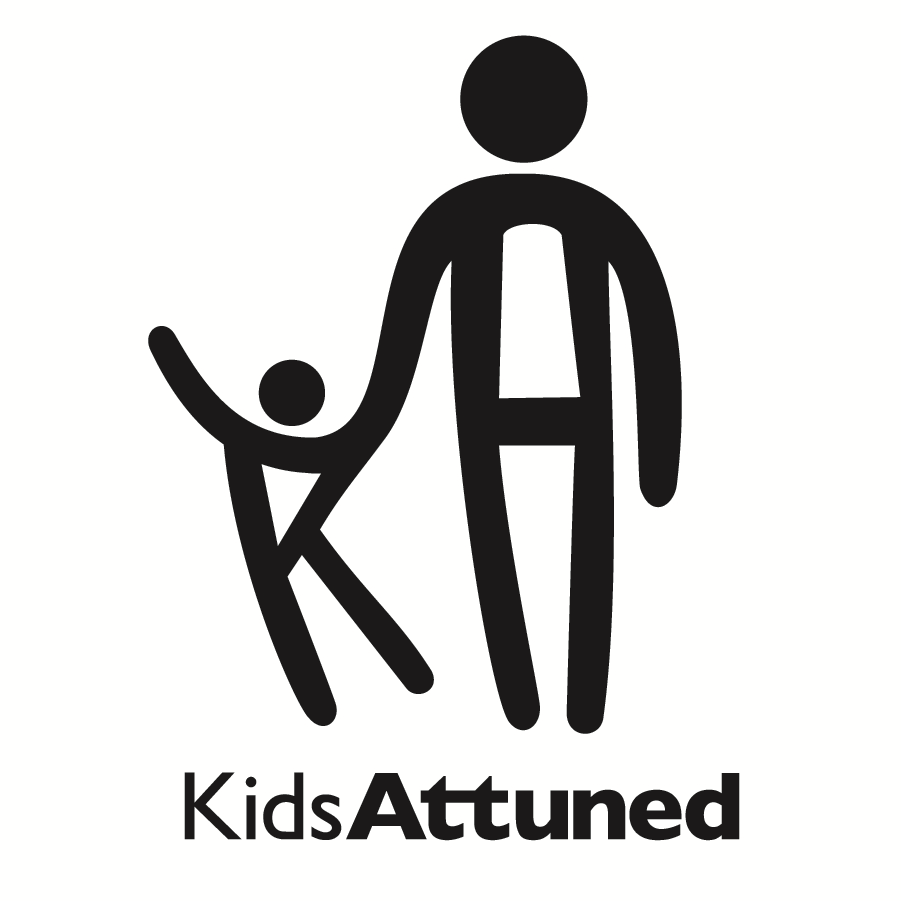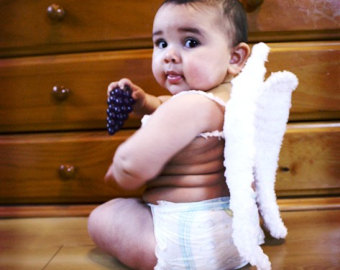CONCLUSIONS:
IMPLICATIONS FOR RESEARCH AND PSYCHOTHERAPY
“Angels in the nursery,” representing the repetition of benevolent past experiences in the present, can serve as agents of positive influence in the lives of parents and children. Within the therapeutic context, these benevolent early experiences can be used to foster loving parent – child relationships in the face of adversity by supporting a sense of self-worth and facilitating an unencumbered engagement in care giving interactions. Together with the exploration of painful memories, the retrieval and identification of “ beneficial cues” and other protective
childhood memories may be especially valuable in creating a therapeutic space that maximizes the potential for growth in parent – child relationships.
Though these hypotheses emerged from clinical experience, they open the possibility of empirically testing the utility of incorporating the notion of “angels in the nursery” to the therapeutic process. This could be studied by examining whether clinical interventions that emphasize the integration of both loving and painful childhood memories are more effective in promoting a positive treatment outcome than interventions that do not include this therapeutic component.
The potential usefulness of this point of view also can lead to more systematic ways of eliciting benevolent childhood memories. Instruments currently used to study adults’ working models of parent – child interactions, both in the present and in the past, could prove helpful in the quest to identify the presence and importance of “angels in the nursery” and for an assessment of their predictive value. Clinically informed instruments such as the Adult Attachment Interview (George et al., 1985), the Working Model of the Child Interview (Zeanah, Benoit, & Barton, 1993), and the Parent Development Interview (Slade, Aber, Bresgi, Berger,
& Kaplan, 2003) are currently being used to study mothers’ recollections, thoughts, and re- actions linked to experiences within attachment relationships. The data could be used to test whether parents who display the ability to integrate both negative and positive experiences from their own childhoods are better equipped to mirror and empathize with their children in the present. There is preliminary empirical evidence that this is the case from work that Slade, Belsky, Aber, and Phelps (1999) did with the Parent Development Interview. They found, in a sample of toddler boys and their mothers, that mothers whose representations of their sons were imbued with joy, pleasure, and coherence had more positive parenting behaviors, fewer negative parenting behaviors, and were more likely to be classified as Autonomous using the Adult Attachment Interview than mothers whose representations of their sons were more colored with anger or separation distress.
The critically important clinical question, however, is how benevolent childhood experiences can best be used in the course of the treatment of each dyad. A therapeutic stance that gives equal importance to supportive early memories and to memories of conflict, abuse, or neglect should be established at the outset of treatment because the initial therapeutic sessions shape the client’s perception of what the therapist considers worthy of attention. Cultivating a frame of mind where experiences of joy, intimacy, pleasure, and love are considered to be as worthy of therapeutic attention as negative experiences can be of great assistance in promoting momentum toward psychological health. Constricted and rigid images of the parent may then be rounded out into more humane and flexible perceptions that incorporate an understanding of the older generations’ circumstances and the conditions that shaped their behavior. Inter- generational transmission may then move backward as well as forward to encompass both the older generations and the young into a process of recognition and acceptance that can result into the intergenerational transmission not only of trauma but also of forgiveness and compassion.
* * * * * *
Enter the text or HTML code here

